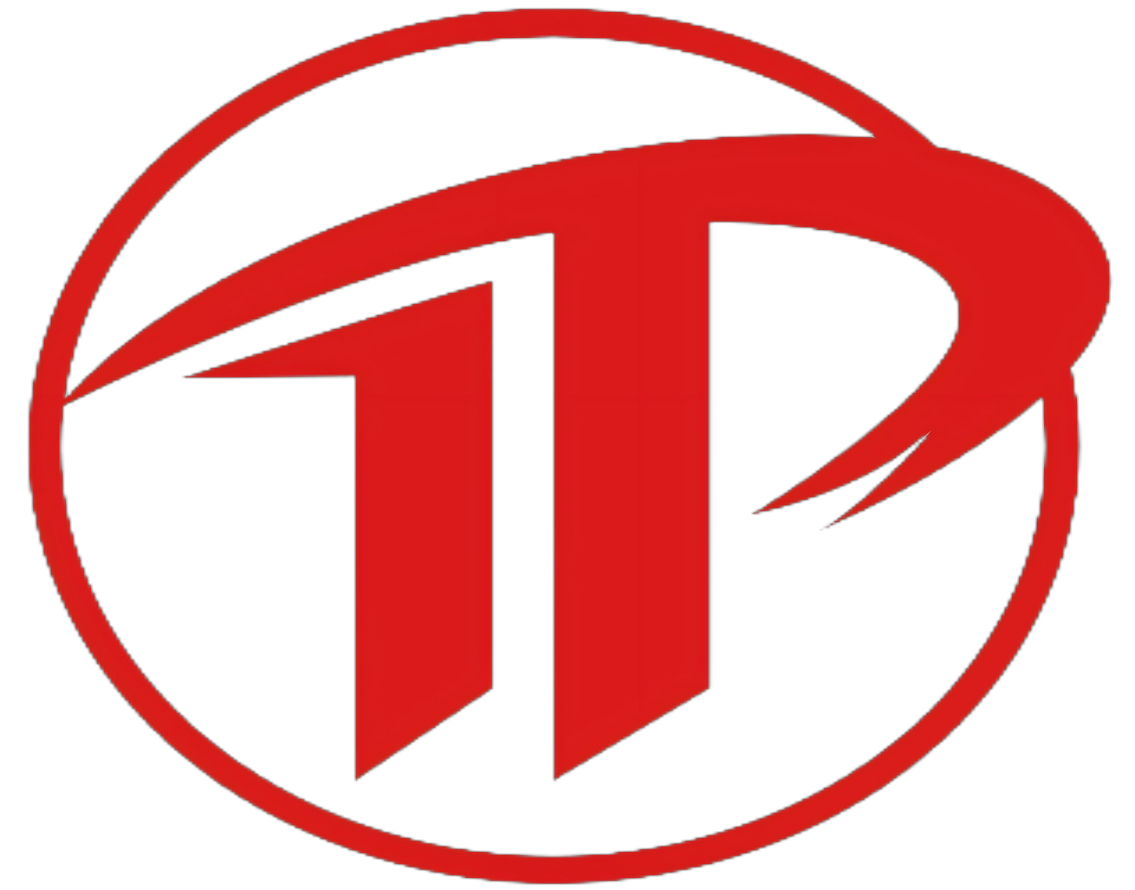AISI 1141
It is a medium-carbon, resulfurized "free-machining" steel commonly used in forged components due to its balance of strength, machinability, and cost-effectiveness. It belongs to the 1100 series of steels, characterized by higher sulfur content for improved machining performance.
Descriptions
1. Chemical Composition
AISI 1141 complies with the following chemical composition (weight %):
| Element | Composition (%) |
| Carbon (C) | 0.38-0.45 |
| Manganese (Mn) | 1.35-1.65 |
| Phosphorus (P) | ≤0.040 |
| Sulfur (S) | 0.08-0.13 |
| Iron (Fe) | Balance |
2. Mechanical Properties
Mechanical properties vary with heat treatment and forging processes. Typical values for hot-forged and normalized AISI 1141 components include:
| Property | Value |
| Tensile Strength | 620-795 MPa (90-115 ksi) |
| Yield Strength | 415-585 MPa(60-85 ksi) |
| Elongation (50mm) | 15-25% |
| Reduction of Area | 35-50% |
| Hardness | 180-250 HB (Brinell) |
| Impact Energy (Charpy V-notch) | 20-35 J(15-25 ft-1b) |
3. Key Advantages
Superior machinability due to sulfur inclusion.
Good wear resistance and fatigue strength.
Cost-effective for high-volume production.
4. Limitations
Reduced weldability (avoid welding unless using specialized techniques).
Lower ductility compared to low-sulfur steels (e.g., AISI 1045).
Recent products
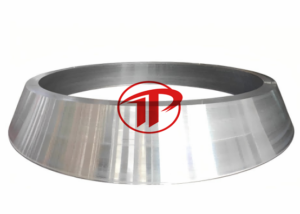
7050 2024 Aerospace Aluminum Forging

Steam Turbine Rotor and main shafts for turbine
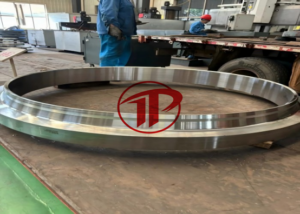
Vessel Transition Section Forging
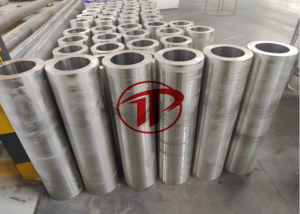
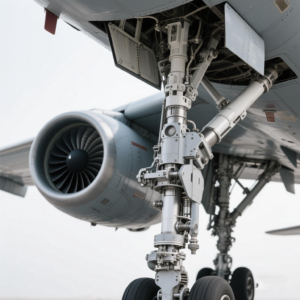
Aerospace Aluminum Forging Solutions
CONTACT US
Address
B-2007,Chuanmei Building,Taishan Street,Taian City,Shandong, China
Call Us
+86 0538 6368027
Email Address
Sales@tiptopforging.com
Standards & Certifications
ASTM A29/A29M (Standard Specification for Steel Bars, Carbon and Alloy).
SAE J403 (Chemical Composition of SAE Carbon Steels)
Applications
a. Drilling Equipment
Tool Joints and Drill String Adapters:
High machinability allows rapid production of threaded connections. Sulfur inclusions reduce tool wear during mass production.Mud Pump Liners and Pistons:
Moderate wear resistance and ease of machining suit components exposed to abrasive drilling fluids.
b. Valve Components
Valve Stems and Bushings:
Precision-machined parts requiring smooth surfaces and dimensional accuracy.
c. Surface Hardware
Bolts, Studs, and Fasteners:
High-volume production of standardized fasteners for rig assembly and pipeline flanges.
d. Hydraulic Systems
Cylinder Rods and Actuator Parts:
Used in low-to-medium pressure systems where strength and machinability outweigh corrosion concerns.
a. Material Handling Systems
Conveyor Chain Links and Sprockets:
High tensile strength and machinability support rapid production of replacement parts.Shafts for Crushers and Screens:
Moderate load-bearing capacity suits secondary crushing equipment.
b. Wear Parts
Bucket Teeth and Adapters:
Surface-hardened AISI 1141 forgings (via induction hardening) for excavators and loaders.Hammer Mill Pins:
Cost-effective solution for replaceable impact components.
c. Drilling Tools
Rock Drill Bushings and Collars:
Machined to tight tolerances for percussive drilling equipment.
d. Support Structures
Brackets and Mounting Plates:
Non-critical structural parts requiring minimal post-forging machining.
Automotive: Axles, gears, shafts, and connecting rods.
Industrial Machinery: Bolts, studs, hydraulic components, and spindles.
Agriculture: Wear-resistant parts, tillage tools, and drivetrain components.
Construction: Fasteners, brackets, and forged fittings.

